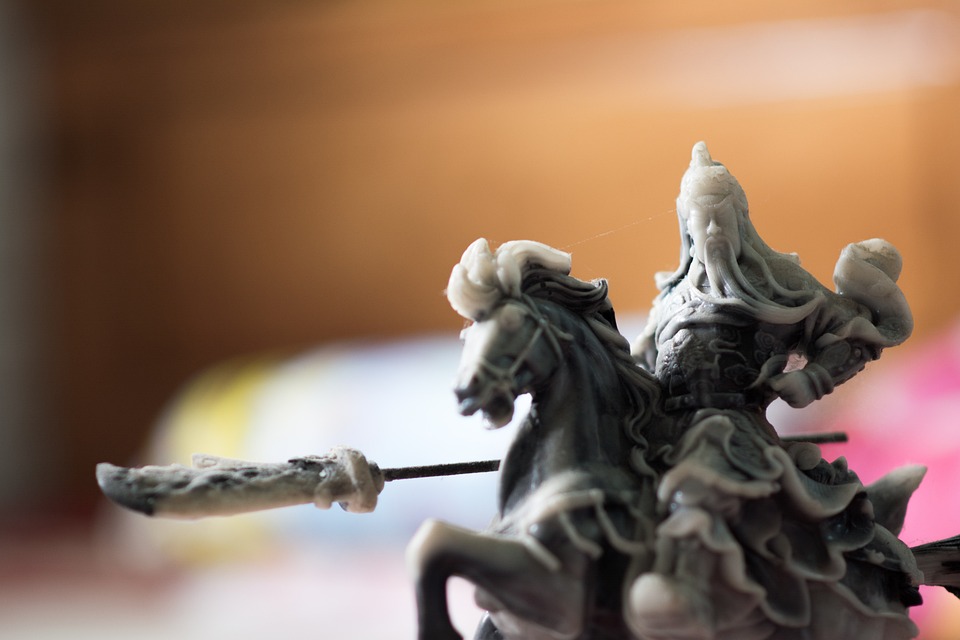Fish tanks can be a beautiful addition to any home or office, providing a soothing and captivating display of aquatic life. However, it’s important to remember that fish, like any other living creatures, are prone to various health issues, including internal parasites. These pesky organisms can cause serious harm to your aquatic friends if left untreated. In this article, we will delve into the world of internal parasites, their impact on fish health, and effective management strategies. Additionally, we will address some frequently asked questions to help you better understand and tackle this common concern.
Internal parasites are microscopic organisms that reside within the body of a fish, feeding off its nutrients and bodily fluids. These parasites can be categorized into three main types: protozoa, worms, and flukes. Protozoan parasites, such as Ichthyophthirius multifiliis (commonly known as Ich), can cause severe damage to fish. Ichthyophthirius, for instance, creates white spots on the fish’s body and fins, leading to irritation, loss of appetite, and stress.
Worms, including tapeworms and roundworms, are another common type of internal parasite. These worms can attach themselves to the intestines or other organs of the fish, causing digestive issues, weight loss, and even organ failure if left untreated. Flukes are flatworm parasites that commonly affect fish gills and skin. They cause irritation, inflammation, and respiratory problems, ultimately leading to fish stress and susceptibility to other diseases.
Fish can acquire internal parasites through various means. Poor water quality can harbor parasites and increase the likelihood of fish infestation. It is crucial to maintain a clean and well-filtered tank to minimize the risk of parasite introduction. Additionally, bringing new fish into your tank without proper quarantine and observation can introduce internal parasites to your established fish population. Always quarantine new additions and observe them closely for any signs of parasites before adding them to your main tank. Feeding your fish live food, such as worms or brine shrimp, without proper inspection can also introduce parasites. Ensure that any live food you provide is from a reputable source and free from potential contaminants.
Detecting internal parasite infestation in fish can be challenging, as symptoms can vary depending on the type of parasite and the affected organs. However, some common signs to watch out for include a loss of appetite, abnormal behavior such as erratic swimming patterns or excessive scratching against tank objects, and visible physical changes such as discoloration, bloating, or the presence of white spots, worms, or lumps.
Managing internal parasites involves several strategies. Always quarantine new fish before introducing them to your main tank. This allows you to observe and treat any potential parasite issues in isolation, preventing the spread to other fish. Various over-the-counter medications are available to treat internal parasites in fish. Consult with a veterinarian or aquarium specialist to identify the specific parasite and choose the appropriate medication for your fish species. Maintaining optimal water conditions is crucial in preventing and managing internal parasites. Regular water changes, proper filtration, and monitoring water parameters help create an environment less conducive to parasite growth and reproduction. Providing a balanced diet rich in essential nutrients strengthens fish immunity and helps combat parasite infestations. Ensure your fish receive high-quality commercial fish food and occasionally supplement their diet with vitamin-rich treats.
Some frequently asked questions about internal parasites in fish include concerns about the transmission of parasites to humans, the duration of treatment, and the effectiveness of natural remedies. While some fish parasites can infect humans, the risk is relatively low with proper hygiene practices. The duration of treatment varies depending on the parasite type and the fish’s overall health. In most cases, treatment lasts for several weeks, during which consistent medication administration and tank maintenance are crucial. While natural remedies like garlic, pumpkin seeds, or certain herbal extracts are suggested by some fish keepers, their effectiveness is often debated. It is advisable to consult with a professional before solely relying on natural remedies.
Understanding and managing internal parasites in fish tanks is essential for maintaining the health and well-being of your aquatic pets. By implementing proper quarantine measures, providing optimal water quality, and administering appropriate medications when necessary, you can effectively combat internal parasites and ensure a thriving fish tank environment. Remember, prompt detection and timely treatment are key to preventing further complications caused by these pesky organisms.









